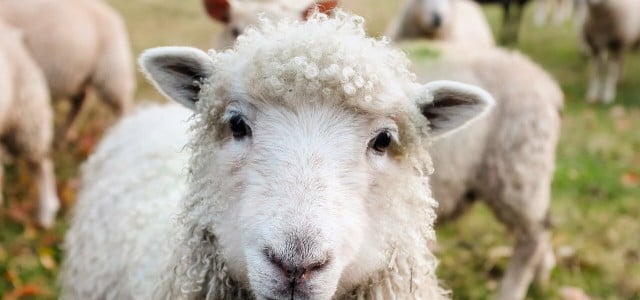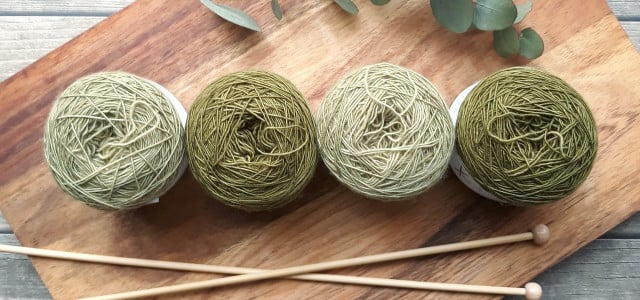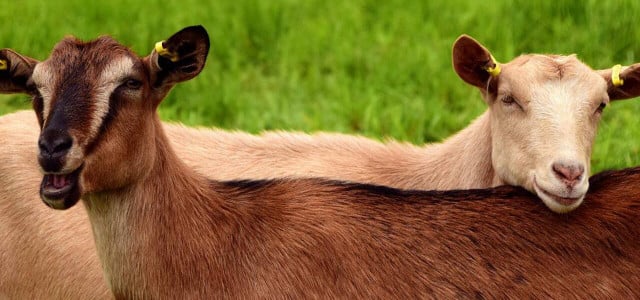Sheep dipping has long been known as a controversial and dangerous practice. Read on to find out the risks and whether there's really a need for sheep dipping.
Although done to protect wool producing sheep herds from harmful parasites and disease, sheep dipping is still highly problematic and strict regulations need to be maintained to avoid damaging animals, humans and the environment.
Sheep dipping is when farmers immerse sheep in a chemical liquid to eliminate harmful parasites. Given the toxic nature of these chemical compounds, sheep dipping has the potential to cause significant harm to the environment — not to mention the sheep farmers who are exposed to it and of course, the sheep themselves.
So What Is Sheep Dipping Anyway?
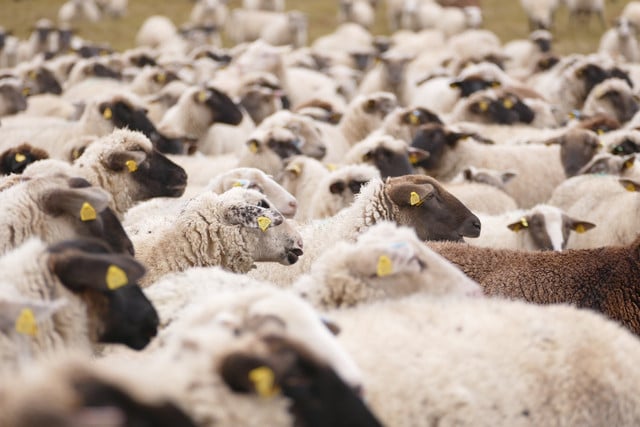
(Foto: CC0 / Pixabay / smoms_h)
Sheep dip chemicals were first developed way back in the 19th century and would at that time commonly include the infamous poison arsenic as an active ingredient. Arsenic-based compounds were used right up until the 1950s and in some areas, arsenic traces can still be detected in soils surrounding historical sheep dipping baths to this day. Although the use of arsenic is no longer a problem, modern day sheep dip compounds will often contain organophosphorus (OP) or synthetic pyrethroid (SP) compounds which still leach through the soil.
Aside from soil contamination, sheep dips have been found to cause water pollution as they contain powerful insecticides that are highly toxic to aquatic plants and animals. For all of these reasons, it is important that the sheep dip and dipped sheep are well-managed and regulated in accordance to local environmental guidelines to avoid spreading these chemicals and causing more harm to the surrounding ecosystems. Of course this is much easier said than done, so sheep dip as an environmental contaminant still remains an ongoing concern.
Sheep Dipping for Good Sheep Health
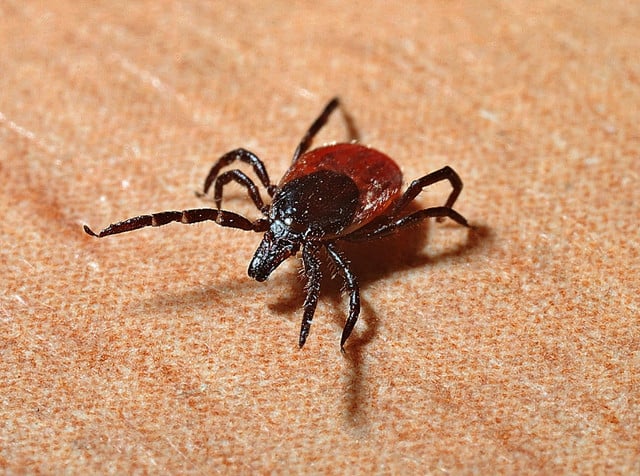


(Foto: CC0 / Pixabay / JerzyGorecki)
According to the Ohio State University sheep dipping practices are important to overall sheep herd health, as they are designed to eliminate some particularly nasty parasites that can harm or even kill sheep if left unchecked. The four main concerns for US sheep farmers are:
Sheep Keds
Adult keds crawl over the sheep’s skin and feed by thrusting their piercing mouthparts into the flesh and sucking blood. This causes considerable irritation to sheep, making them bite and scratch at their wool, reducing the amount and quality of the fleece yield. In severe cases, infestations can create anemia, which weakens the sheep, making them more susceptible to other diseases.
Lice
Sheep biting lice feed on dry skin where they cause intense irritation, leading to sheep trying to relieve themselves by biting and pulling the wool or by rubbing against posts and other objects. Due to this the fleece of heavily infested sheep becomes ragged and torn, reducing its market value.
Nasal Bot Fly
Migration of the fly larvae irritates the nasal passages of the sheep, often causing sneezing, difficulty breathing and even nasal bleeding. Infested sheep shake their heads, and even bang their heads against fences or the ground due to the extreme discomfort. With severe maggot infestations, older or weaker sheep can even die as a result.
Flies & Maggots
Certain species of blow flies lay eggs in dirty wool, usually in the crotch area or on open wounds. Upon hatching, these wool maggots spread over the body and feed on the skin surface. Maggot-infested sheep become restless, try to bite the affected areas and may leave the flock to hide in secluded places. Badly infested sheep, if untreated, become weak and die.
The Harmful Side-Effects Of Sheep Dipping
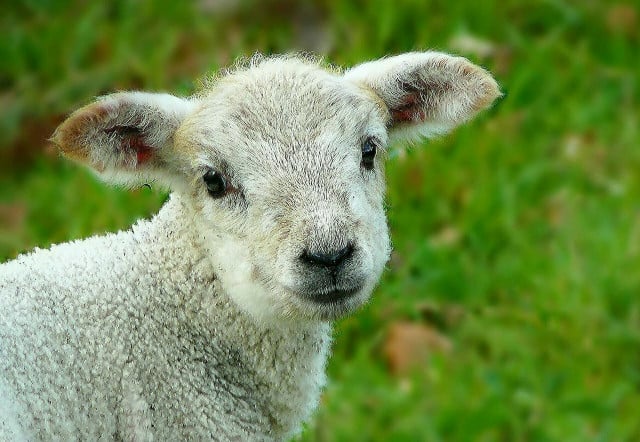


(Foto: CC0 / Pixabay / cocoparisienne)
Despite the clear effects sheep dip has on keeping sheep herds free of nasty parasites and infestations, sheep dip itself is hazardous and harmful to sheep if administered carelessly.
- Accidental ingestion: When carelessly immersed in sheep dip solutions, there can be accidental ingestion of the chemical mix by the sheep, which can cause all sorts of uncomfortable health issues. These include excessive salivation and tears, frequent urination, vomiting, difficulty in breathing, muscle twitching and incoordination, paralysis, collapse and even death. Dipping is also associated with an increased risk of bacterial infection.
- Poisoning in humans: In the late 1980s several sheep farmers experienced organophosphate poisoning after years of sheep dipping. The effects of organophosphate poisoning range from minor symptoms like tiredness and headaches to life-threatening consequences like fatal nerve damage. These incidents led to legislation in the early 2000s, dictating that farmers using organophosphate sheep dip gain a safety certification of competence, work with closed transfer systems minimizing the risk of users coming into contact with organophosphate and wear protective gear. While the new legislation reduced the harmful effects of sheep dipping, avoiding it altogether is still the best defense against organophosphate poisoning.
While the chemicals involved with sheep dipping negatively affect human health, their effect on the environment is just as bad.
- Chemical leaks: The purpose-built equipment used for sheep dipping can leak if not well-maintained, discharging chemical liquids into the soil and nearby bodies of water, such as rivers and lakes. Aside from posing a risk to marine life, these polluted water bodies are often the same water source for farmers watering crops. Contaminated water containing chemical pesticides will clearly have a negative impact on crops, severely damaging them and creating further soil contamination at the same time.
Are There Alternatives to Sheep Dipping?
Fortunately, more farmers are discovering the humane and environmental benefits of organic wool harvesting, making sheep dipping an archaic practice.
For wool to be certified as organic in the United States, it must be produced in accordance with federal standards for organic livestock production as described the U.S. Department of Agriculture’s (USDA) National Organic Standards.
Some of these standards demand that all livestock feed, forage and bedding used must be certified organic (including pasture), organic sheep must have year-round access to the outdoors and must be allowed a certain minimum of pasture grazing. Conventional synthetic hormones, medicines, and synthetic pesticides such as sheep dipping are prohibited and producers must promote the health of the sheep through preventive disease management practices.
Read on:
- Factory Farming: A Look at This Problematic System
- 5 Animal Attractions You Should Skip This Vacation
- Is Nose to Tail Eating Sustainable?
Do you like this post?






